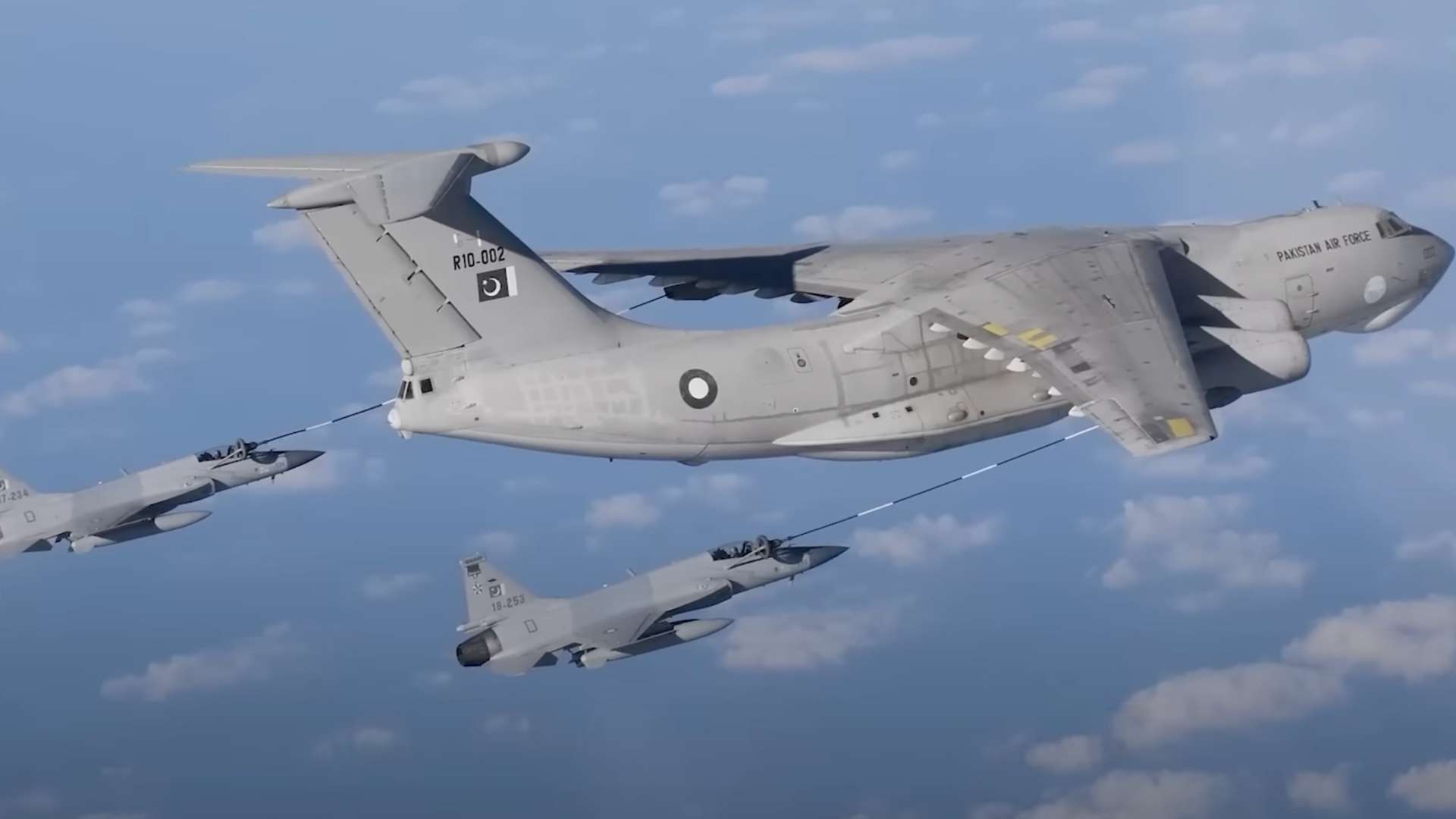India Pakistan Conflict News: Air Losses Acknowledged
The conflict between India and Pakistan has highlighted the need for a comprehensive review of defence preparedness, with a focus on addressing gaps in defence design capabilities, production capacity, and countermeasures to deal with supersonic cruise missiles. The use of loitering munitions and satellite reconnaissance programs has also exposed the underdeveloped space capabilities of Pakistan, making it difficult for the country to provide evidence of its claimed strikes.

India's chief of defence staff, General Anil Chauhan, has acknowledged that the country suffered air losses during its conflict with Pakistan, but denied that six planes were downed as claimed by Pakistan. The admission has sparked calls for a review of India's defence preparedness, with the opposition Congress party calling for a comprehensive strategic review.
The conflict highlighted several weaknesses in Pakistan's military, including a gap between defence design capabilities and production capacity, and a lack of adequate countermeasures to deal with supersonic cruise missiles. India used a vast array of loitering munitions and the BrahMos supersonic-cruising missile, which Pakistan's air defence system was not equipped to intercept at scale. The conflict also exposed Pakistan's underdeveloped space capabilities compared to India's mature satellite reconnaissance program.
General Chauhan stated that the losses India suffered were in the initial stages, on May 7, when it launched Operation Sindoor, and were due to "tactical mistakes" that were quickly analysed and rectified. He claimed that the armed forces were able to understand the mistakes, remedy them, and again target Pakistan on May 8 and May 10. Chauhan also stated that the conflict never came close to a nuclear war, and that "channels of communication" with Pakistan were always open to control the situation.
The admission by General Chauhan has significant implications for India's defence planning, with a need for integrated response requirements, industrial base limitations, space and ISR gaps, and geographic constraints. The conflict offers several strategic lessons for Pakistan's defence planning, and it remains to be seen how both countries will respond to these challenges in the future.